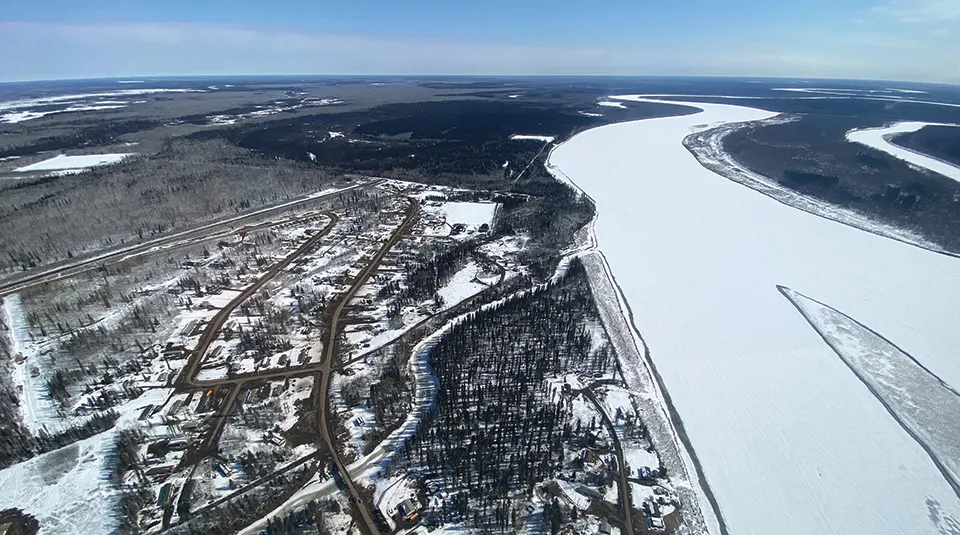Euromoney is in a helicopter high above the frozen planes of Northern Alberta, Canada. The distances here are vast and the flight takes an hour from the town of High Level – itself not much more than a junction – before we reach some settlements perched on the edge of the Peace River, frozen solid to a vivid white.
Beneath us is Fox Lake, separated from the rest of the highway system by the river. From up here you can see the ice bridge they use for access during the winter, but now, in late April, it is breaking apart, cutting off the settlement from the outside world to all forms of transport except air.
The voice of Chief Conroy Sewepagaham, sitting in the rear seat of the helicopter, comes through the headphones. He is pointing out features in the settlement below: the school, the homes and the place he’d like a hospital to be if ever one could be approved.
Fox Lake and the other two settlements we see today, John D’Or Prairie and Garden River, constitute the Little Red River Cree Nation (LRRCN), a community of over 6,000 people whom Chief Conroy leads.
The community is one of more than 600 of what are known as First Nations, the term collectively used for the indigenous people of Canada who don’t identify as Inuit or Métis. Many live in poverty with inadequate housing.
This remote place, eight hours drive north of Edmonton if you have a truck good enough to handle the roads to the reservations, is perhaps the most surprising place on earth to find not just a sovereign wealth fund but one administered under strict governance that would stand comparison with bigger and more celebrated counterparts worldwide.
It is both an unlikely story and a fascinating case study, one that could have considerable impact on other indigenous peoples, not just in Canada but around the world.
Settlement
The historical settlement of Canada by Europeans stands in contrast with that of the US. South of the modern border, many Native American peoples were displaced by conquest; in Canada, the model was more frequently that of treaty.
LRRCN is what’s known as a Treaty 8 nation, a geographical grouping referring mainly to northern Alberta. Its own treaty with the British Crown was signed in June 1899.
This was the deal: the Crown would provide cattle, seed and farming implements to help the Cree people there to transition from a roaming existence of hunting, fishing and trapping to an agrarian way of life housed on defined reservations.
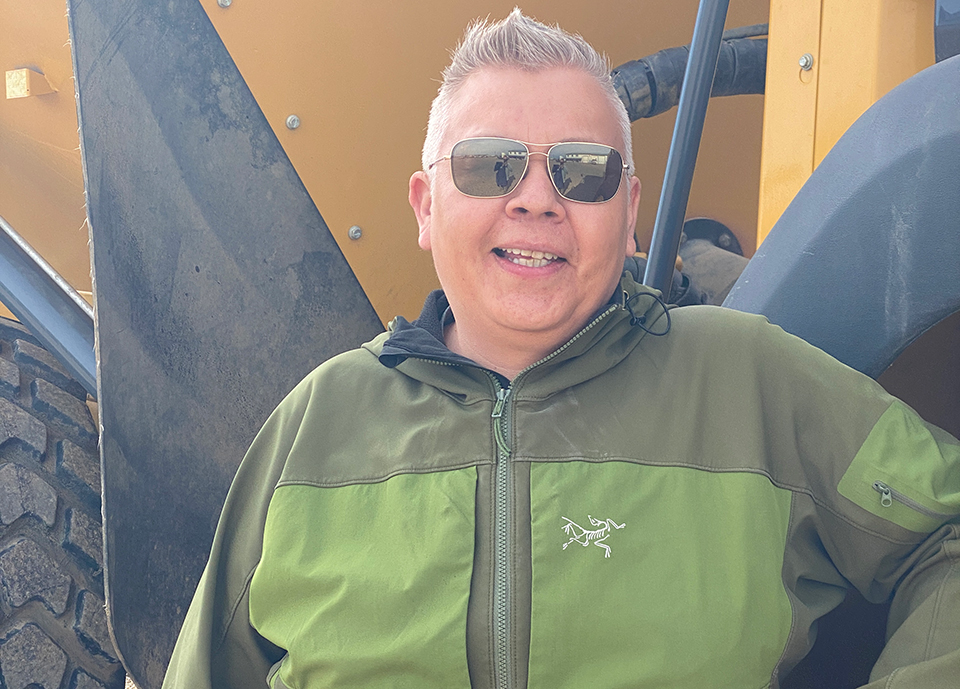
“Cows and ploughs,” is the common shorthand for the arrangement.
The problem is that most of these treaties were never honoured. The communities were not given the equipment they were promised – sometimes they were given ploughs at first only to have them taken away again to ensure white settlers got a head start – and over time their treatment became downright abusive.
When a pass system was later introduced, the First Nations people found themselves utterly controlled by others: whether they could leave their reserve, who they could trade with and what they could buy and sell.
“My great, great, great, great grandfather, who was one of the signatories, explained it explicitly over and over: when we signed those treaties it was understood everything would be shared,” says Chief Conroy.
For over 100 years First Nations children were purposely ripped away from their families so they could be institutionalized to understand what it is to be European
Chief Conroy Sewepagaham, Little Red River Cree Nation
“Imagine their surprise when the next thing they knew it was RCMPs [Royal Canadian Mounted Police], government officials, churches, contractors, killing the Indian in the child,” he says, referring to institutional efforts to educate children in a European fashion in residential schools. “For over 100 years First Nations children were purposely ripped away from their families so they could be institutionalized to understand what it is to be European.”
This subversion lasted much longer than many realize.
“It was not until the 1960s that we were seen as human beings,” says Conroy.
His people did not appear as part of the Canadian constitution until 1983 – the year of his birth – and as far as he is concerned, it wasn’t until the closure of the last residential schools in 1996 that “we gained a sense of humanity”.
Mood change
But eventually the mood changed in Canada and talk shifted to reconciliation and compensation. By the late 1990s an environment evolved in which First Nations could make legal claims, in this case known as Agricultural Benefit Claims, to seek compensation for their suffering.
To its credit, Canada has sought to go beyond the symbolic measures common in other nations that have mistreated their indigenous populations – Australia’s various national and public apologies to the aboriginal ‘stolen generation’, for example – and has started to offer meaningful financial compensation. But when you think about it, that’s a hell of a thing to evaluate.
“The harsh question when you look at these claims on treaties from the late 19th century is: where would these communities be today if they had been given the implements they had been promised originally?” says Mark Williams, founder of Aboriginal Investment Consulting (AIC), which offers external investment advice services to First Nations, including Little Red River, through a limited partnership model. “So, the question is, how much? If you look at a loss dating to the mid 1880s, how do you put a dollar amount on that today? With 140 years of compound interest, these numbers are big.”
So, the question is, how much? If you look at a loss dating to the mid 1880s, how do you put a dollar amount on that today? With 140 years of compound interest, these numbers are big
Mark Williams, Aboriginal Investment Consulting
None of this was quick. Little Red River spent 30 years in the system negotiating with various Canadian governments that came and went. The process started with Conroy’s father, Chief Johnson Sewepagaham, who lodged the first claim submission in August 1988.
“First Nations haven’t really had adequate access to justice because what they’re up against really is the largest law firm in Canada – and that’s Canada,” observes Williams. “You’re settling a claim that your great grandfather suffered for not having access to something that would have provided wealth to the nation. How do you quantify that?”
But in 2016 came a serious offer: C$239.4 million ($186.6 million).
The offer came not long before Chief Conroy was elected as his nation’s leader, and the payment was finalized seven months into his term in August 2018.
This would be crucial. Conroy is an educated man, with degrees from the Concordia and Washington Universities and further study at Harvard (although he likes to say, pointing from the helicopter at the settlements: “My university is what we flew over”).
He has deep expertise in resource management and ideas honed by spending time in Ecuador studying the treatment of indigenous people there.
He is also not scared to say what he thinks and flatly refuses to settle for how things are. Financially literate, he was aware of the responsibility of receiving this sum of money that represented more than a century of ill treatment and was supposed to compensate not only those today but those from generations both past and future.
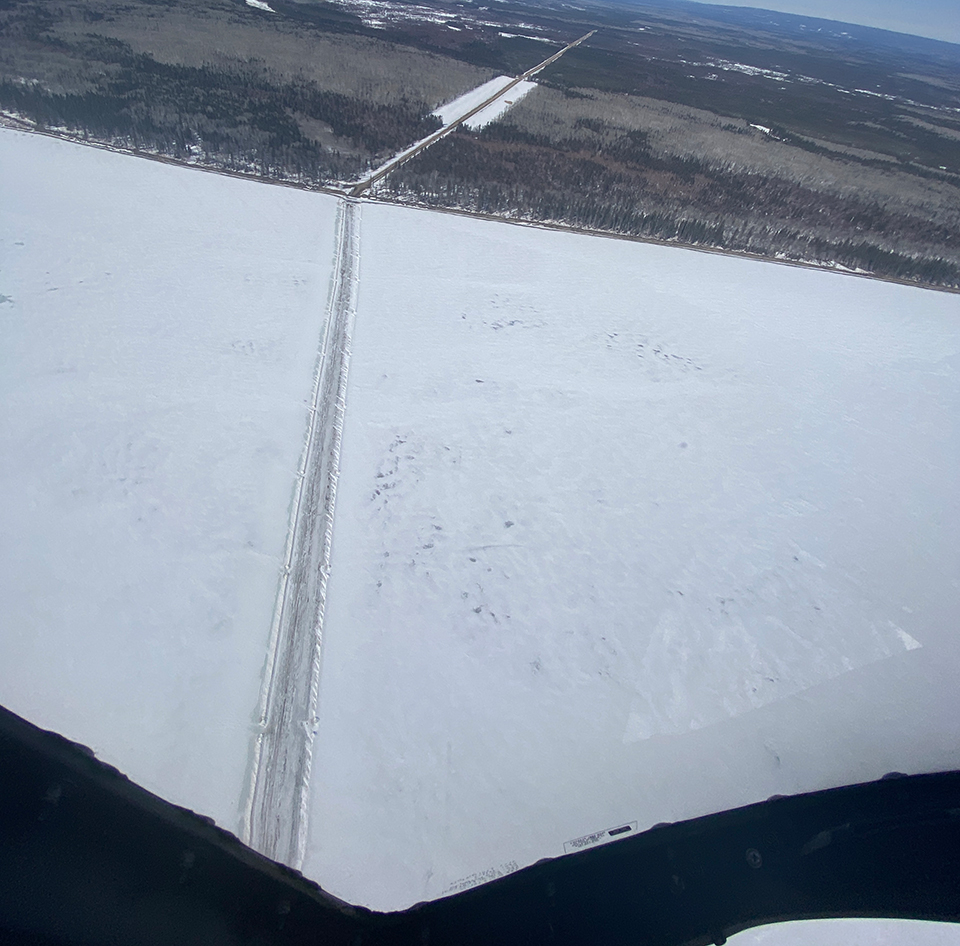
Wealth fund
The temptation, of course, is to spend it all up front, particularly in communities afflicted by poverty. Indeed, many First Nations that have reached agricultural benefit claims have done exactly that, dividing the compensation number by the population and giving it all or most of it out in one hit.
But Chief Conroy and his council had other ideas. He proposed $20,000 for every adult in Little Red River, with children receiving the money when they turn 18 after having 4% compound interest applied in the meantime, meaning a new-born at the time of the settlement would receive $40,000 at 18.
The rest, they proposed, should go into a sovereign wealth fund.
That terminology is deliberate: Conroy considers the Little Red River a sovereign state, a nation just like any other and he wants it thought of in those terms.
The heart of the idea appears in clause 10.1(a) of the LRRCN’s settlement agreement with the government: “Little Red River represents and warrants that it will use the Compensation for the long-term use and benefit of the Nation. In other words, by signing this Agreement, Little Red River has undertaken not to distribute 100% of the compensation.”
I explained to our membership that we’ve got to make sure the money is not all going to be wasted; we can’t use it all in one shot
Chief Conroy Sewepagaham
The settlement document goes into further detail about “a fund that will be protected, invested and grown to increase and ensure the sovereignty of our nation.”
The way Conroy saw it, a sovereign wealth vehicle reflects the way they ought to think of themselves as a society anyway.
First Nation communities use the concept of ‘seventh generation’, which means that any decision taken today ought to have a benefit long after the person who takes that decision has died, and in fact many generations thereafter.
“A synonym we used quite a lot with the treaty is: as long as the grass grows, the river flows and the sun shines, this is for ever,” Conroy says. “I explained to our membership that we’ve got to make sure this is not all going to be wasted; we can’t use it all in one shot. We’ve got to ensure, at a minimum, that we’ve held up our end of the bargain of the treaty and that means for ever. That’s when we presented the idea of a sovereign wealth fund.”
Naturally, his idea took some selling: anything on this scale required a referendum, allaying the fears of those who thought the money was just being taken away from them. It was logistically complicated too: internal laws require that at least 50% of the membership of the nation vote in a referendum and they are scattered all over Canada, not just across the three settlements of Fox Lake, John D’Or and Garden River.
Apart from anything else, it was not straightforward to convey many of these concepts in Cree, a sophisticated language that nevertheless doesn’t really stretch to terms for global equities or internal rate of return. In practice, he settled upon a Cree word roughly synonymous with picking ripe berries.
Conroy tried to make sure the document his people voted on expressed the idea in simple terms.
“Put simply, the LRRCN sovereign wealth is intended to allow Little Red River to set it and forget it,” the document says. “Think of the LRRCN Sovereign Wealth Fund as the golden goose. You don’t want to kill and eat the goose (the fund) but instead, grow the goose and live off the eggs (the annual income).”
Nevertheless, “it was quite arduous,” Conroy says. “Just explaining the whole process of having a sovereign wealth fund and how it’s going to help them 25 and 50 and 100 and 150 years from now, but also that this money is there for a reason.”
But it worked. In the end 98.5% voted with Conroy on August 25, 2018, – a day now known in the Nation as Sovereign Wealth Day. The Little Red River Sovereign Wealth Fund was under way.

Investing for the future
AIC’s Williams is Welsh by background. He and his team offer communities assistance in running funds with proper governance and strategy. Conroy still remembers Williams coming to John D’Or Prairie to pitch his ideas to Little Red River’s people: they had been unaware that other accents existed for the English language beyond the one they heard in northern Alberta, so they had no idea what to make of a Welshman.
Williams had built the aboriginal service groups at both Phillips, Hager & North Investment Management and then RBC Global Asset Management when it bought PH&N in 2008.
Together, Williams, Conroy and the nation’s council agreed a structure. The idea was that the fund, run by a trust with a range of governance protections, would pay out 4% of the five-year average market value of the fund each year to the Little Red River nation – about C$9.5 million in the early years – but that the management of the portfolio would hopefully produce 6% to 7% a year on average, with the surplus going back into the fund.
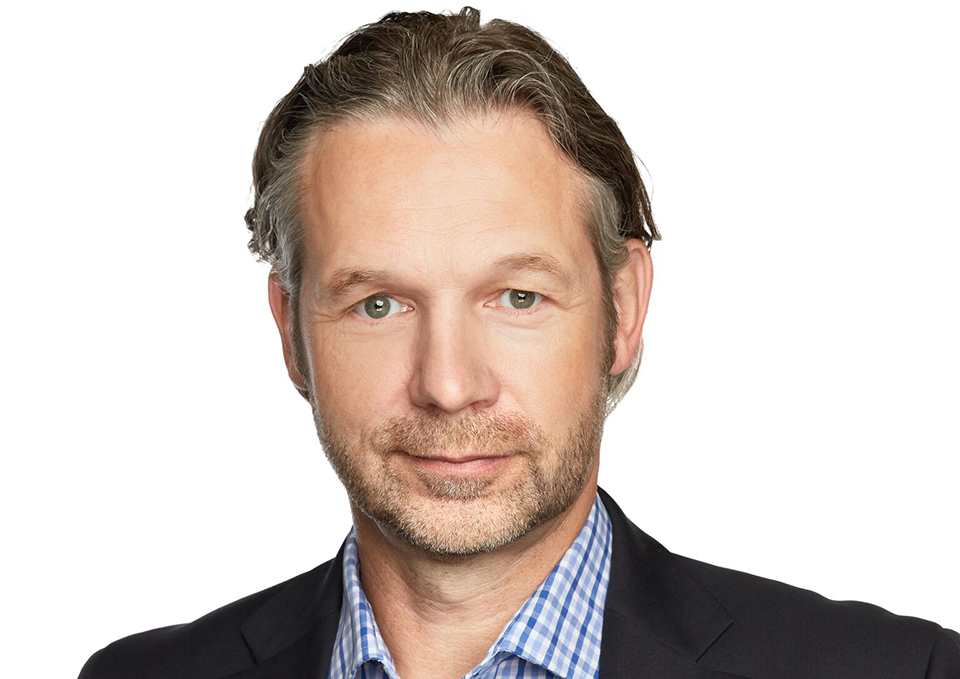
CIBC Trust would administer the trust as corporate trustee and AIC would advise on allocation, strategy and investment manager selection.
Structurally, the portfolio is not dissimilar to a classic sovereign wealth fund anywhere else. Williams decided from the outset that he didn’t just want to appoint some Canadian-balanced managers as many other First Nations had done but to embrace the whole world of investment opportunity.
“There’s a big world out there, and we want to bring the best investment talent to our First Nations clients,” he says.
So there is a global equities allocation, for example, and some remarkably big names involved in the management.
One example is Baillie Gifford, the Edinburgh fund manager, whose entry level for institutions is normally around the $50 million mark. Little Red River didn’t have anything like that to deploy at first, but Baillie Gifford bought into the story and agreed to manage much smaller amounts while Williams accumulated larger sums – which he eventually did, now representing 10 First Nations and about C$600 million of assets, a big enough pool to bring top fund manager access and preferential fees.

Williams uses a limited partnership model with himself as general partner and the First Nations he represents are invited to become owners as limited partners. Six of the 10 have done so and four invitations are being considered.
“So, what that does is two things,” he says. “One is it provides you access to investment firms that have high minimums. And the other is cost. The more we manage, the lower everyone’s fees go.”
For the moment the fund has positions in domestic equities, global equities and bonds, in a roughly 60/40 equity/debt split, but longer term it will also consider other asset classes. Aside from Baillie Gifford, other managers include Pier 21, utilizing ValueInvest, the Macquarie-owned Luxembourg-based fund manager, and Leith Wheeler in Vancouver for the Canadian positions.
The fund then has an additional and more unusual twist. While the community agrees it won’t withdraw from the fund apart from that 4% dividend, they can borrow against it. First Nations previously have represented a tricky credit decision that has put off many lenders, but a sovereign fund worth hundreds of millions of dollars is a whole other ball game. Collateral like that has made banks comfortable to lend at extremely favourable rates, some of it amortizing over as long as 25 years.
A mandate for growth and employment
As soon as word gets out that you have a rich sovereign wealth fund, you find yourself besieged with people wanting to sell you things. The Little Red River Group of Companies is headed by a chief executive called Barney Dohm.
He has a background in construction and previously spent seven years in a similar role with another First Nation in Northwest Territories bringing governance, budget discipline and general rigour to businesses.
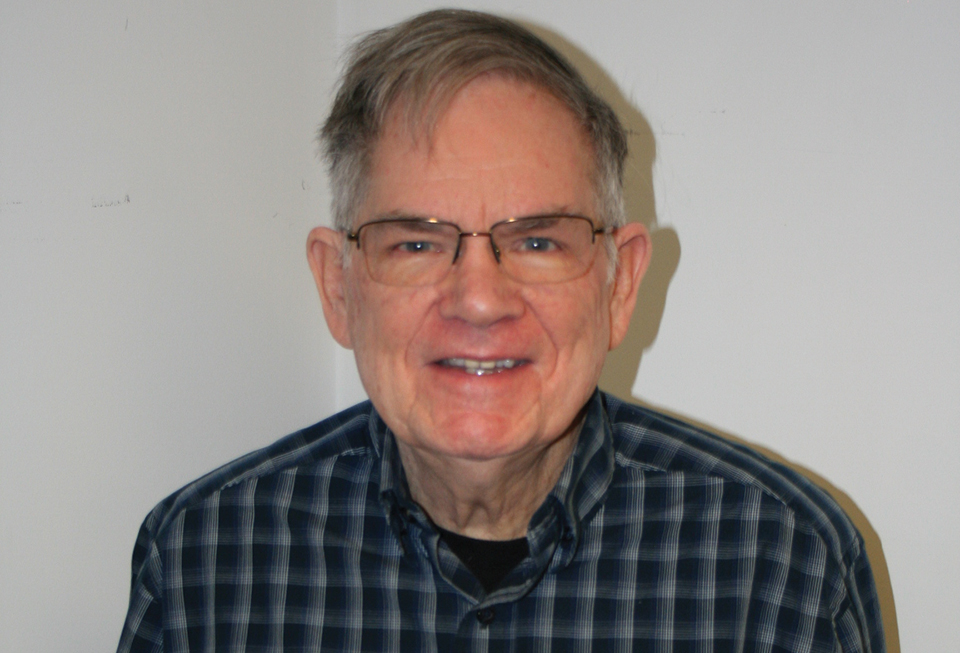
Dohm says that they were offered part ownership of a hockey team, as well as cannabis merchants, local restaurants, hotels and car dealerships. Chief Conroy Sewepagaham, leader of the Little Red River Cree Nation, was flown down to a bank in Calgary and given a fine meal on the top floor: a rare experience for a representative of those previously ostracized from financial services.
In the end, they said no to almost everything. But they’re ready to buy things that tick the right boxes – linked to an economy they are already involved in, an opportunity for employment and empowerment, and diversified in revenue. Covid presented a massive hit to some businesses when people couldn’t move, but truck repair, for example, insulated them, as freight never stopped moving.
There are really two purposes to the group of companies.
“Part of my mandate is to basically grow the business, bring profits, bring dividends back to the community and even acquire businesses,” says Dohm, over a plate of ribs one evening in High Level. “The credibility of our company is backed by the nation indirectly through the sovereign fund.”
He has brought in performance targets, a strategic plan and high-quality budgeting.
“But the other part of my mandate is to make sure that a significant number of First Nations people, primarily from the Little Red River nation, are employed in these companies wherever we are. I actually have a performance metric that’s tied to that.”
The number in that metric is 70% of the corporate group. Dohm says that ultimately, the best sign of progress will be if he himself is replaced by a First Nation individual.
Getting to that requires thinking and funding on an altogether bigger level. The one thing Chief Conroy is especially keen to point out as we fly over the region is anything related to education, existing or planned. There are schools in each of the three settlements, offering a curriculum with a twist towards wellness and maintaining the Cree language but otherwise wholly compatible with Canada’s school system.
And Conroy wants a university too, to create a path for people to advance themselves without having to leave their communities. The only thing he wants more than that is a hospital. Today, anyone giving birth in the Little Red River community has to be driven or flown out to the hospital at High Level, where they do so in an alien community far from the family connections crucial to their way of life.
“The design of the trust allows us to go to the Canadian banks,” says Williams. “And they took that as very solid collateral, which allows us to borrow on very exciting terms.
“The issue many First Nations have is that they probably had a chequered credit history at some point,” he continues. “So, when there’s new wealth from a settlement, you’ve probably got a bit of baggage there with the bank. This really now gives you a new opportunity.”
The idea is that, with these borrowings, LRRCN can seed, grow or acquire businesses without depleting the fund. There are strict rules about the amount of borrowing and the proportion of the fund’s distributions that can be used on interest repayment.
For example, the authorized loans, as they are called, can’t exceed 50% of the market value of the trust and payments on loans can’t exceed 80% of annual income.
This is all very enlightened in fund management terms, but it must have presented a challenge to communicate because many of the population live in dismal conditions. In particular, some of the housing is dilapidated, crowded and wholly unsuited to the vicious range of weather these settlements encounter over a year, where temperatures can fall to minus 40°C.
Conroy says the government has failed to keep up with demand for housing and has in general neglected the Little Red River in a way that is not just unfair but counterproductive.
One can see what he means from the air. There is a crossroads where the highways from Edmonton reach an east-west road, Highway 58. Going west, towards High Level and a number of smaller communities, the road is asphalt and in fine condition. Going east, towards the reservations, the road is dirt or, at this time of year, impassable mud. Yet 6,000 people live down this road.
And Conroy argues that Little Red River has made a $700 million contribution to the broader economy in the region and province, a figure derived from a study commissioned to the University of Saskatchewan based on economic activity over the 10 years to 2019. Why not make access easier with a proper road?
The nation’s approach has been to build a series of its own businesses, known collectively as the Little Red River Group of Companies. Most of them are in some way related to the livelihood of ordinary people.
So, for example, at that crossroads the nation has built what it calls a travel centre: a petrol station, a well-made shop with coffee and chicken franchises in it and a propane-gas business at the back.
A bit further down the road to High Level, we visit a home-building business acquired by the Nation in 2019.
This serves three purposes. First, it creates well-built, sustainable and climate-suitable homes out of structured insulated panels that can then be put on the back of trucks and driven to the reservations.
Conroy reckons the waiting list for homes like these in his communities is at least 800 (that’s 800 homes, not 800 people). Currently, it’s not uncommon for 15 to 20 people to live in a two-bedroom house.
Secondly, it creates a source of employment for the Nation’s people. And thirdly, it’s an economic engine in its own right: it recently got an order to build homes and deliver them even further north to Yellowknife in the Northwest Territories.
Euromoney meets the head of a firefighting business, which develops a force among the Nation’s population and puts them out in crews on contract, often to neighbouring states. Firefighting is a surprisingly lucrative business. The head of the forestry business tells us about exciting negotiations over carbon credits with multinationals.
There is a truck repair business with a fleet of equipment at High Level. There is a fishery and an increasingly geographically expansive range of acquired businesses, including a translation business in Ottawa and a marine construction firm in British Columbia. Most of them operate under the Caribou brand: Caribou Mountain Construction, Caribou Mountain Homes, and Caribou Mountain Forestry, the latter in negotiations for a carbon offset agreement with Shell.

‘Seventh generation’
It is early days and investment markets are volatile, but the portfolio is performing well and delivering its dividend. Covid might have hit the nation’s businesses, but it also meant the portfolio started out at the right time to catch that bounce in 2020.
One would expect Canada to embrace what Conroy and his team have done, as a model for how First Nations can empower and elevate themselves economically on the back of their belated compensation. But the problem is Conroy and his council are not entirely representative of First Nations’ sophistication and expertise.
And while First Nations are never short of advice when there’s money to be spent, they don’t always get the best or most independent assistance.
Still, there’s more coming.
“This is the tip of the iceberg in terms of outstanding claims,” says Williams. “There are tens of billions of dollars more of claims of different natures across the country to come.”
Done properly, there’s a lot we can learn from Little Red River.
“Seven generations is another way of phrasing ‘for ever’,” says Williams. It is the very definition of sustainability, and comes naturally to those who have followed local practices.
The stewardship of the sovereign wealth fund has to be viewed like the land. It’s a resource, and you want it to last you for ever
Mark Williams, Aboriginal Investment Consulting
There’s another tell-tale picture we can see from our helicopter: the way people farm. You can see where the multinationals own the land: vast rectangles of cleared land for the maximum possible short-term utility. The family farms, often founded by German settlers, are also largely cleared but have wind-rows and shelter blocks to adapt to the elements.
On the reservations, you can’t even see what is farmland and what isn’t. Although there is a large amount of organic farming going on there, the local practice is not to shape the land to their intention but to mould their farming around what the land is already doing.
“We’re working with the soils, we’re not forcing soils to work with us,” Conroy says. “Our practice is: how can we work with the land the way it is, instead of transforming it to fit us?”
Sustainability “is nothing new,” says Conroy. “It’s always been an ancestral trait that we’ve carried. Essentially, it’s creating that relationship that, in the world we live in, you’ve got to make sure you’re not just utilizing everything to its full purpose today. You’ve got to make sure it is continuous.
“Even the power of finance and borrowing has been with us, culturally, all the time,” he adds. “With our farming, with the way we hunt or gather goods, because of the services we take off the land, we have always understood what interest means.”
He also speaks of the dangers of “running a deficit in the environment”.
Williams thinks the sovereign fund fits well with these ideals.
“There is culturally a very strong affinity with the land and nature, and of stewardship,” he says. “It runs right to the core of indigenous groups.
“And I think the stewardship of the sovereign wealth fund has to be viewed like the land. It’s a resource, and you want it to last you for ever, just like you want the land to last your community for ever as well.”
